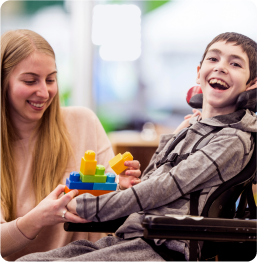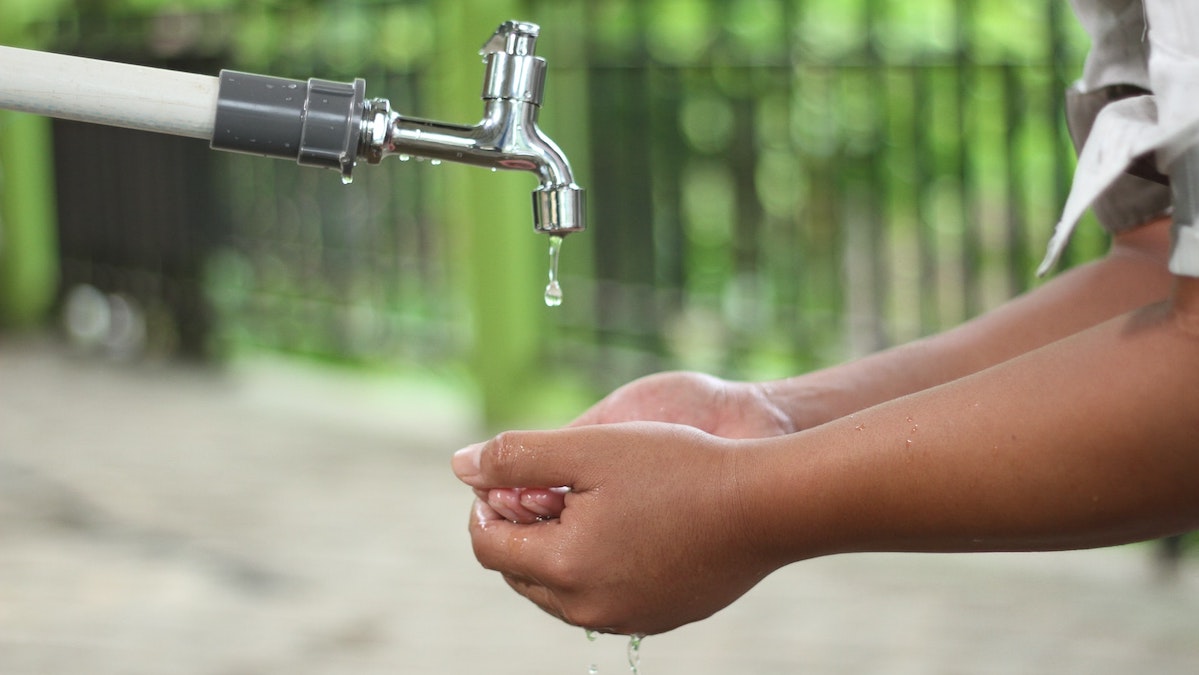There’s been a recent heightened focus on child safety and wellbeing in ECEC services. This makes demonstrating excellence in Quality Area 2.1 crucial. Focusing on children’s health and safety has never been more critical. The same can be said about family engagement.
Here are three evidence-based strategies to help you meet regulatory requirements. They’ll assist with exceeding family expectations. Additionally, they’ll build trust in your service’s commitment to child protection and safety.
1. Comprehensive policy review and implementation
Your health and safety policies are the foundation of your child protection framework. Recent sector developments make regular policy review essential. These include the implementation of Child Safe Standards across all Australian jurisdictions. There are also upcoming NQF child safety reforms from September 2025.
Here are some steps to help you with your review.
- Conduct a thorough review of all health, safety and child protection policies
- Ensure alignment with the Child Safe Standards and current National Quality Framework guidelines
- Update procedures to reflect current best practices in hygiene, safety protocols and incident management
- Strengthen family communication protocols around safety concerns
Family engagement focus
Share updated policies transparently with families via a family engagement app, like Home. Sharing these policies emphasises your service’s proactive approach to child safety and wellbeing. Regular communication helps families appreciate your thorough approach to keeping their children safe. It also builds confidence in your service’s commitment to safety excellence.

Discover the perfect duo for boosting and streamlining family engagement
Your childcare management software should facilitate seamless sharing of service communications. It should also track acknowledgments. If your current system can’t do this, consider upgrading. Look for one that provides rich family communication.
2. Robust documentation and evidence collection
Documentation serves a dual purpose. It demonstrates compliance. It also builds family trust through transparency. ECEC services are facing increased scrutiny. Comprehensive documentation is your strongest defence and best communication tool.
Strategic documentation approach
Capture various forms of documentation on children, educators and your service.
- Create detailed photo observations. Show children learning safety practices (handwashing, personal hygiene, playground safety rules)
- Document educator training and competency in safety procedures
- Record safety conversations and learning moments with children
- Capture evidence of environmental safety checks and maintenance
Integration with element 2.1
Tag all safety-related observations with Quality Area 2. Focus on elements 2.1.1 (Health practices and procedures) and 2.1.2 (Health practices). Include detailed descriptions connecting children’s learning to safety outcomes.
The benefits of enhanced family engagement
Your service builds trust through regular family engagement
Families receive regular, transparent updates. They show exactly how their children are learning about safety and self-protection. This transparency is crucial in the current environment. Family confidence in ECEC services needs constant reinforcement.
Family engagement is an opportunity for remote connection
Families can stay connected to their child’s safety learning without being physically present. This helps support working families and demonstrates your commitment to inclusive communication.
The power of video documentation
Consider short video observations of children practising safety skills. These might include correct lifting techniques, pedestrian safety or personal boundaries. These powerful visual records demonstrate your educational approach to safety. Additionally, you can share them with families via an educator platform, like Playground.

Take time for professional reflection
Create regular documentation reflecting on your service’s approach to Quality Area 2.1. Include:
- Regular safety practice reviews and improvements
- Evidence of children developing safety awareness
- Increased focus on protective behaviours education
- Commitment to transparent family engagement
- Integration of Child Safe Standards into daily practice
Compliance tip: Ensure your documentation system allows easy searching and filtering for assessment purposes. Use consistent tags and keywords that align with NQF terminology.
3. Comprehensive risk management and safety culture
Risk management extends beyond compliance. You need to create a culture of safety excellence that families can trust. It also results in an environment where children can thrive.
Integrated safety framework
A detailed safety framework requires several things.
- Develop comprehensive risk management plans addressing physical, emotional and digital safety
- Create clear incident response procedures with family communication protocols
- Establish regular safety audits and improvement cycles
- Document your commitment to child protection and safety excellence
Build on your previous work
Your policy reviews and documentation work provide the foundation for your risk management approach. This integrated system demonstrates your commitment to safety. It shows families, regulators and children that safety isn’t an afterthought. Safety is embedded in everything you do.

Tips & strategies for providing a happy and healthy learning environment
Current sector context
The Australian ECEC sector continues to evolve, with increased focus on:
- Child Safe Standards implementation across all jurisdictions
- Enhanced family engagement and communication expectations
- Greater emphasis on transparent reporting and documentation
- Strengthened focus on protective behaviours and child safety education
- Integration of wellbeing and safety in daily programming
Moving forward and boosting family engagement with confidence
These strategies address current family concerns about child safety. They also position your service as a leader in quality practice. The goal isn’t just meeting regulatory requirements. It’s about creating an environment where families feel confident. Children should feel safe. Your team should feel supported by robust systems and clear expectations.
Your childcare management platform should seamlessly support all these activities. Look for platforms that offer comprehensive family communication. They should have detailed documentation capabilities. They should also include integrated compliance tracking. This makes these essential practices manageable and effective.
Ready to enhance your Quality Area 2.1 approach?
Consider how your current systems support these essential safety and communication requirements. Explore solutions that can help you exceed expectations in child safety and family engagement. For more tips on improving your Quality Area 2 ratings, download this free Quality Area 2 guide.
You might also be interested in…

Blog
Children’s handwashing hygiene
Stay safe with these handwashing tips Proper handwashing technique is vital in childcare centres, from teaching children the appropriate technique ….
Read more

Blog
QA2: Sleep Checks
NQS Best Practices: Childcare 2020 Monitoring sleep for your infants is a critical component of care. Ensuring a safe sleep ….
Read more

Blog
QA2: Nappy Checks & Changes
NQS Best Practices: Childcare 2020 In addition to meeting children’s physical needs, nappy checks, changing and toilet training are opportunities ….
Read more

by Dean Comeau (Marketing Team Lead)
-
First published: 22 August 2025
Written by: Dean Comeau
